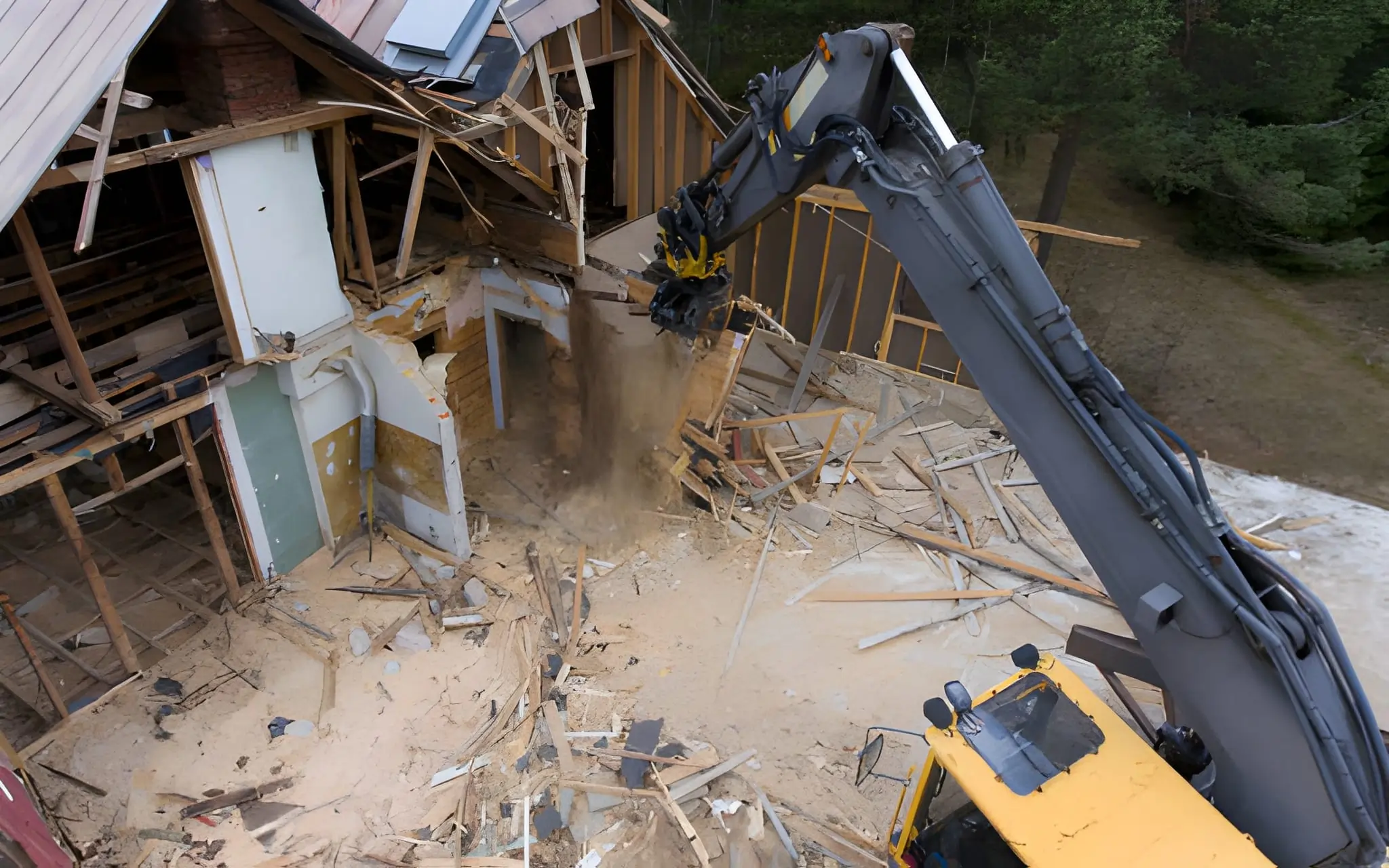How to Safely Plan and Execute Home Demolition
When people hear the word “demolition,” many imagine giant machines tearing through walls in a dramatic cloud of dust. While that image isn’t entirely wrong, the reality is that home demolition is more about careful planning than brute force. Whether you’re removing a small structure in the backyard or preparing to clear an entire house, safety and thoughtful execution are always at the heart of a successful project.
Think of it like cooking a complicated meal—you wouldn’t just throw all the ingredients into a pan without preparation. You’d plan your recipe, gather your tools, and follow the steps to avoid burning dinner. Demolition is no different: it requires planning, precision, and attention to detail.
Step One: Start With a Clear Plan
Every great project begins with a roadmap. Before knocking down a single wall, you need to understand the scope of the demolition. Are you removing an old garage, taking down a single room for a renovation, or clearing an entire home?
For example, imagine a family that decides to renovate their outdated kitchen. Instead of bulldozing the entire house, they need a partial demolition that only affects certain sections. Planning ahead ensures that the new design comes to life without damaging the rest of the structure.
This is also the stage where permits come into play. Most local councils require permission for demolition projects, regardless of their size. Skipping this step can lead to legal headaches later, so it’s worth taking the time to obtain the necessary approvals.
Step Two: Safety Comes First
Demolition might look messy, but behind the scenes, it’s all about control. Safety measures protect not just the crew but also nearby residents and even the environment.
Here are some essentials:
- Hazard checks: Before demolition begins, the site must be inspected for hazardous materials, such as asbestos or lead-based paint. These aren’t just construction issues—they’re serious health hazards.
- Protective equipment: Helmets, goggles, gloves, and sturdy boots may sound obvious, but they make a world of difference.
- Utility shut-offs: Imagine trying to tear down a wall only to find live electrical wiring or a gas line. Shutting off utilities beforehand prevents serious accidents.
One example comes from the construction industry. Before a warehouse in an industrial district is demolished, workers carefully map out utility lines, disconnecting power and water to ensure that the process runs smoothly and safely. This same principle applies whether it’s a large commercial site or a suburban family home.
Step Three: Choosing the Right Tools and Methods
Not all demolitions require a wrecking ball. In fact, many home demolitions use small machinery and hand tools to ensure precision. The method depends on the type of structure and its surroundings.
- Manual demolition: Perfect for smaller structures or when you want to preserve certain parts of the home.
- Mechanical demolition: Excavators and bulldozers step in when larger areas need to be cleared quickly.
- Deconstruction: Instead of smashing everything to rubble, this method carefully dismantles materials for recycling or reuse, making it an environmentally friendly option.
For instance, a couple might opt for the deconstruction of their old wooden deck. Instead of destroying it, they salvage the timber to build a garden shed later. This not only reduces waste but also gives a second life to valuable materials.
Step Four: Waste Management and Cleanup
Demolition doesn’t end when the walls come down. A big part of the job is cleaning up safely and responsibly. This means separating hazardous materials from recyclable items and arranging proper disposal.
Think of it like spring cleaning on a massive scale. Just as you wouldn’t throw your old clothes and kitchen waste into the same bag, demolition debris needs careful sorting. Bricks, concrete, wood, and metals often have different destinations—some go to recycling centers, others to landfills.
Proper waste management also reduces environmental impact, a factor that is becoming increasingly important in modern construction practices. In fact, managing demolition waste responsibly is just as crucial as the actual tearing-down process.
Why Professional Help Matters
While some homeowners consider DIY demolition for smaller projects, larger jobs are best left to professionals. Trained crews not only bring expertise but also handle unexpected challenges—like discovering asbestos in the walls or hidden structural weaknesses.
If you’re thinking about starting a home demolition project, it’s worth exploring trusted services such as totaldemolitionbrisbane.com.au/services/residential that specialize in residential demolition. They provide the planning, safety checks, and execution needed to ensure your project runs smoothly from start to finish.
Final Thoughts
Demolishing a home isn’t just about tearing down walls—it’s about doing it with care, safety, and respect for the property and the surrounding community. With proper planning, safety measures, and responsible cleanup, home demolition can be the first step toward creating something new and beautiful.
Just as laying the foundation for a new house sets the tone for what comes next, the demolition stage sets the tone for what follows. By approaching it thoughtfully, you’re not just removing the old—you’re paving the way for the future.
And remember, even industries as different as construction and cooking remind us of the same lesson: a well-planned process leads to the best results. If you prepare carefully and work with the right team, your demolition project can be both safe and successful.
Read more: Why Booking a Luxury Car for Your Wedding Adds Elegance and Style to the Big Day – SizeCrafter
Professional Family Photography Services to Preserve Your Cherished Memories – SizeCrafter
Modern Flooring Solutions: Trends, Materials, and Smart Maintenance for Every Home – SizeCrafter

